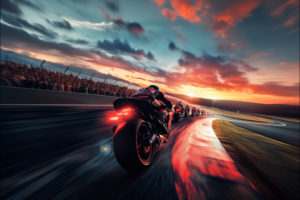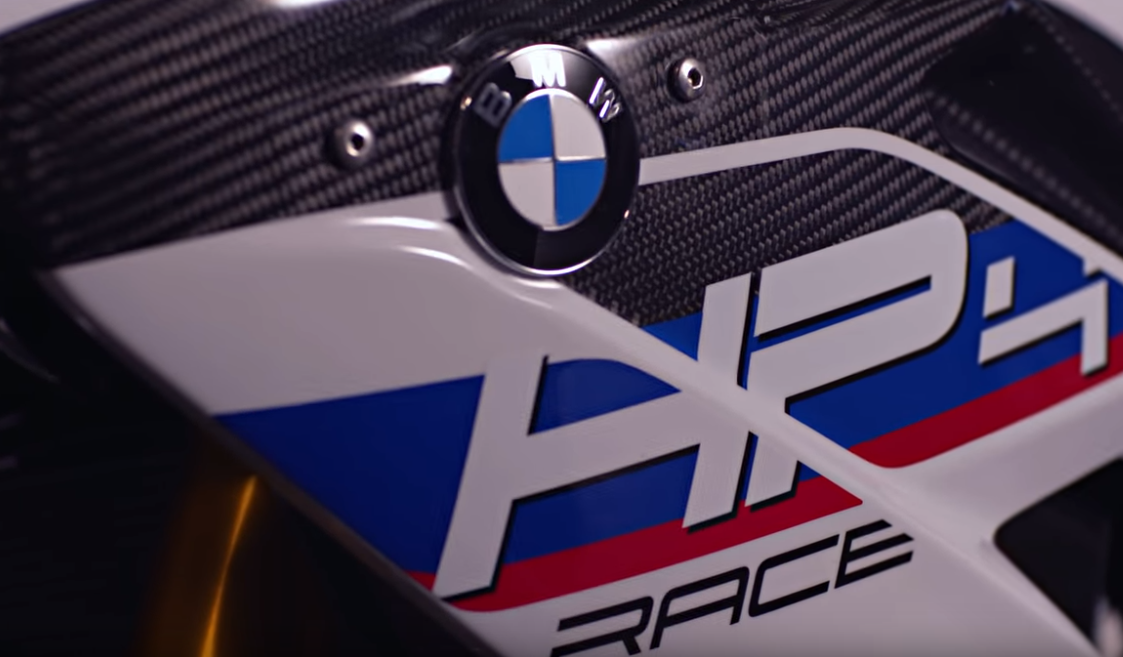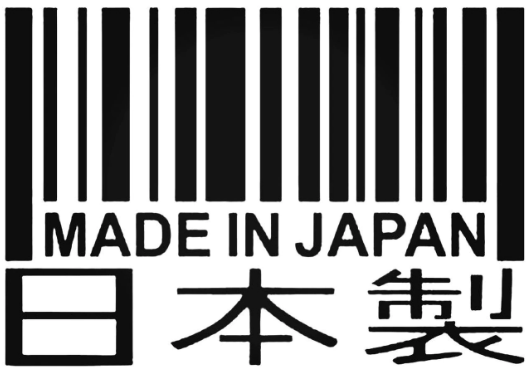There’s a certain chaotic poetry to World Superbikes. It’s fast, fierce, and emotionally volatile—a bit like the Premier League with fairings. It doesn’t have the polished global gloss of Formula 1 or MotoGP, but that’s exactly why it works. WSBK is raw, unpredictable, and always a little scrappy. Like English football, it goes to wild and woolly places the elite classes might rather avoid—Argentina, Indonesia, or, metaphorically speaking, Stoke on a Wednesday night.
But here’s the thing: WSBK doesn’t need to compete with MotoGP or F1. It needs to sidestep them. And right now, the governing body, Dorna, has a golden opportunity to do just that.

Make WSBK the Winter Championship
We all know the drill. Once MotoGP and F1 shut down for the winter, we’re left scavenging Dakar highlights over Christmas or rewatching sketchy uploads of 2004 races on YouTube. But what if that void wasn’t empty?
WSBK could be the answer. A full-blooded, high-stakes motorsport championship through the winter.
Imagine this: the WSBK season kicks off in September at Jerez—just as MotoGP hits its crescendo—and runs through until spring, wrapping up with a barnstorming finale at Silverstone as MotoGP wakes back up. You get a beautiful symmetry: two major bike championships, each with their own spotlight. No calendar cannibalism. No fighting for scraps of attention. Just full-throttle focus.
The Weather Problem That Isn’t
The usual objection? Weather. But racing in Spain or Portugal is still viable well into October. Phillip Island in December? Glorious. Qatar, Bahrain, Argentina, even a bold return to places like Kyalami or Manfeild Park in New Zealand—regions that bask in sunshine when Europe is hibernating.
World motorcycle racing championships, either MotoGP or WSBK, currently have a round in Argentina ( Termas de Río Hondo) and Australia (Phillip Island). World Superbikes has already raced in New Zealand (Manfeild) in 1988, 1989, 1990, and 1992, and South Africa (of course -historic Kyalami) in 1998–2002, 2009, and 2010. Africa has not seen a world championship round in F1, MotoGP or WSBK for 15 years, despite support from high profile figures such as Sir Lewis.
Circuits Ready for a Winter WSBK Season
| Circuit | Country | Viable Months | Notes |
|---|---|---|---|
| Phillip Island | Australia | Nov–Feb | Summer heat, iconic WSBK venue |
| Losail | Qatar | Oct–Mar | Night racing, proven MotoGP success |
| San Juan Villicum | Argentina | Sept–Dec | Enthusiastic crowds, big bike culture |
| Kyalami | South Africa | Nov–Feb | Historic return, untapped potential |
| Jerez / Portimão | Spain / Portugal | Sept–Oct, Mar–Apr | Warm shoulder months, great fan base |
| Hampton Downs | New Zealand | Nov–Feb | Rising profile, FIA Grade 2, great tarmac, could be NZ’s Phillip Island |
Yes, Europe might see fewer rounds—but let’s be honest, European attendance isn’t what it once was anyway. Why? Because WSBK is currently forced to go head-to-head with F1, MotoGP, and every other motorsport in the warmer months. A standalone winter slot makes it the only game in town for motorsport fans itching for live racing.

Toprak, Not Highlights
Instead of spending the cold months watching highlight reels and Dakar montages, fans could be watching Toprak, Bautista, and Rea going elbow-to-elbow under floodlights in Qatar or chasing glory through a sun-baked Phillip Island. It’s not a compromise. It’s a spectacle.
This wouldn’t just fill a hole—it’d become the thing people look forward to. Football owns Boxing Day. Why can’t Superbikes own New Year’s Day?
Split the Season, Double the Interest
Let MotoGP and WSBK breathe in different hemispheres of the calendar. Much like Rugby League and Rugby Union carved out distinct spaces for their fans in the UK, a proper winter/summer split between WSBK and MotoGP would help casual viewers stop lumping all “bike racing” together. It’s a chance to define both brands clearly—something Dorna should be eager to do.
Better still, the WSBK season finale could set the stage for MotoGP’s return, and vice versa. A perfect handoff between two series that too often blur into each other.
Here’s a realistic estimate and rationale for the potential increase in sponsorship revenue if World Superbikes (WSBK) moved to a winter schedule—thereby avoiding direct competition with F1 and MotoGP.
Estimated Sponsorship Boost: +25% to +50%
| Factor | Impact on Sponsorship | Comments |
|---|---|---|
| Avoiding Calendar Clashes | +15–20% | No longer overshadowed by F1 or MotoGP weekends; standalone exposure in sports pages and highlight reels. |
| Exclusive Off-Season Spotlight | +10–15% | Brands desperate for year-round visibility would have no other motorsport platform to back during winter. |
| More Global Rounds in Untapped Markets | +5–10% | Races in the Southern Hemisphere (NZ, RSA, ARG) may bring new local sponsors and regional marketing deals. |
| Lifestyle & Streaming Content Potential | +10–15% | A winter WSBK docuseries or behind-the-scenes push could bring non-endemic sponsors (energy drinks, fashion, betting). |
| Increased Viewer Retention Year-Round | +5% | Advertisers value consistency. This fills the off-season slump and keeps fan engagement alive. |
Drive to Survive, but With Elbows
Dorna doesn’t just have a calendar opportunity—they have a cultural one. WSBK has the kind of rivalries, redemption arcs, and human drama that Drive to Survive made a fortune mining. The difference? WSBK’s emotion is real-time, visceral, and far less scripted. The rawness is already there—Dorna just needs to lean into it.
Make It Matter
WSBK has always been the underrated streetfighter of global motorsport. This winter shift wouldn’t just give it more space—it would give it meaning. It would become the series that kept the engines running while everyone else was sleeping.
And that? That’s how you go from highlight filler to headline act.


